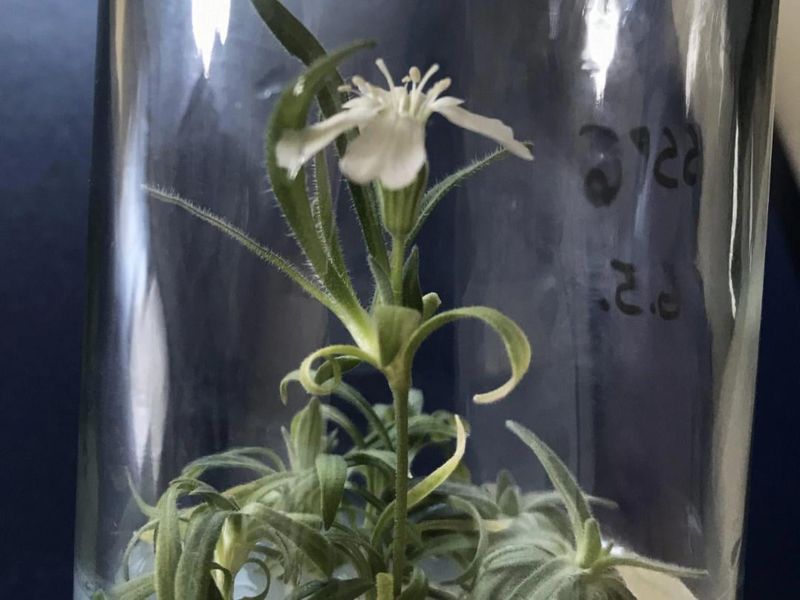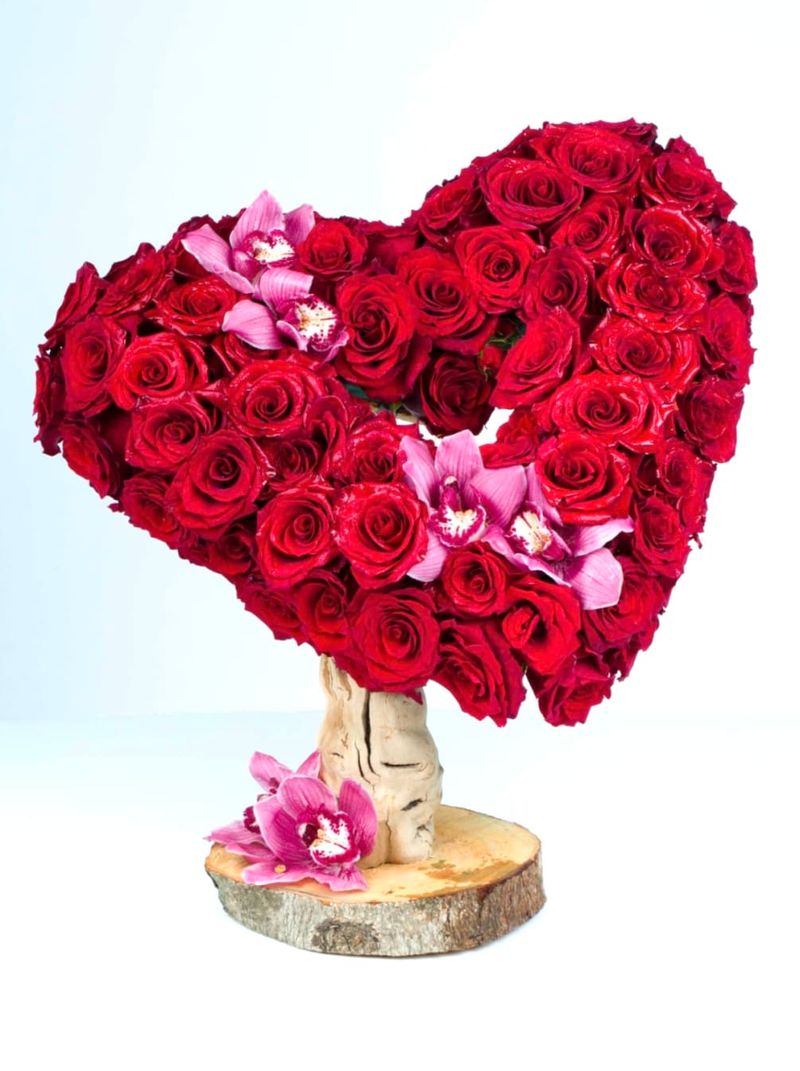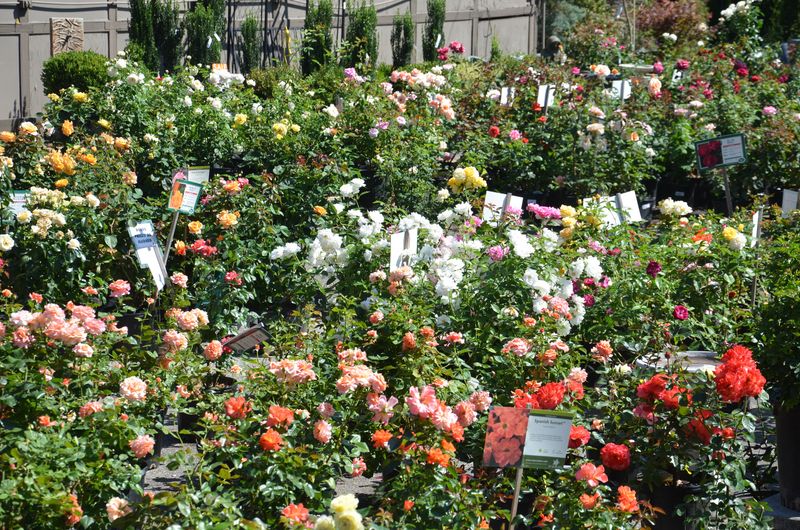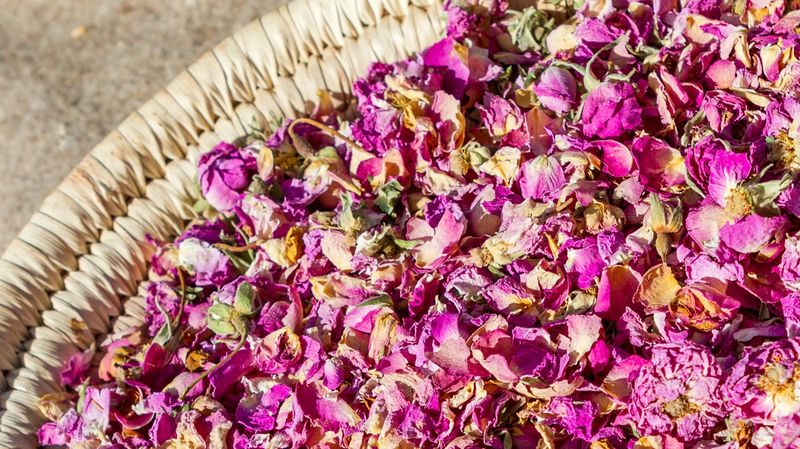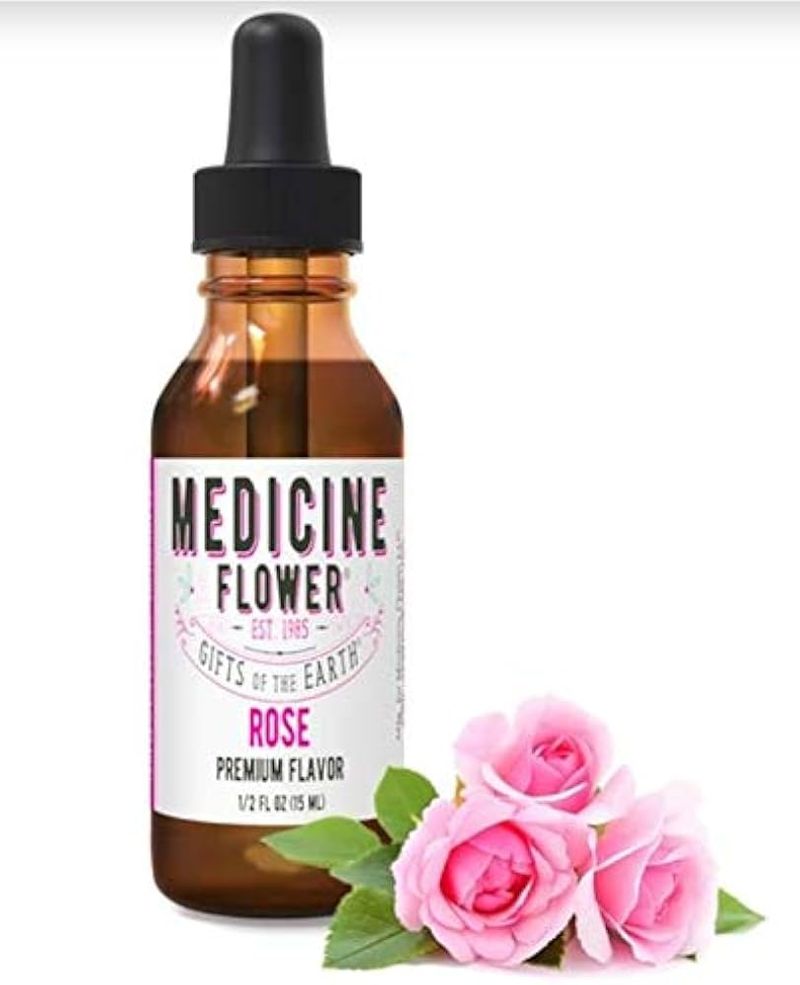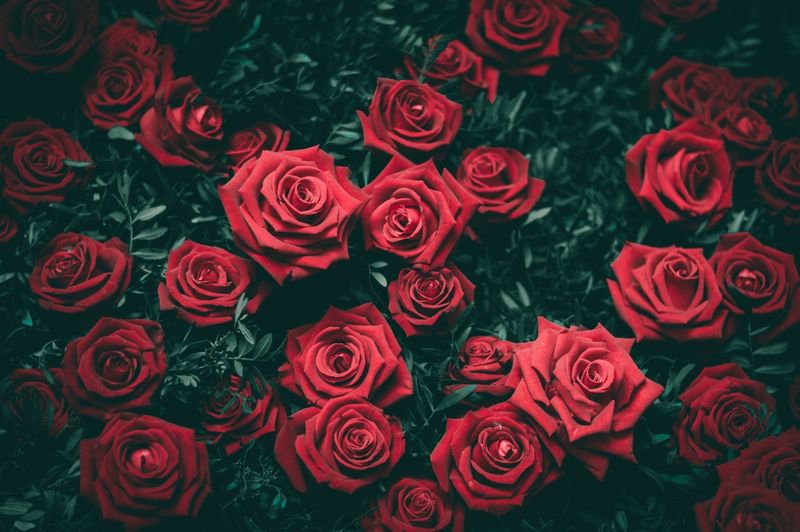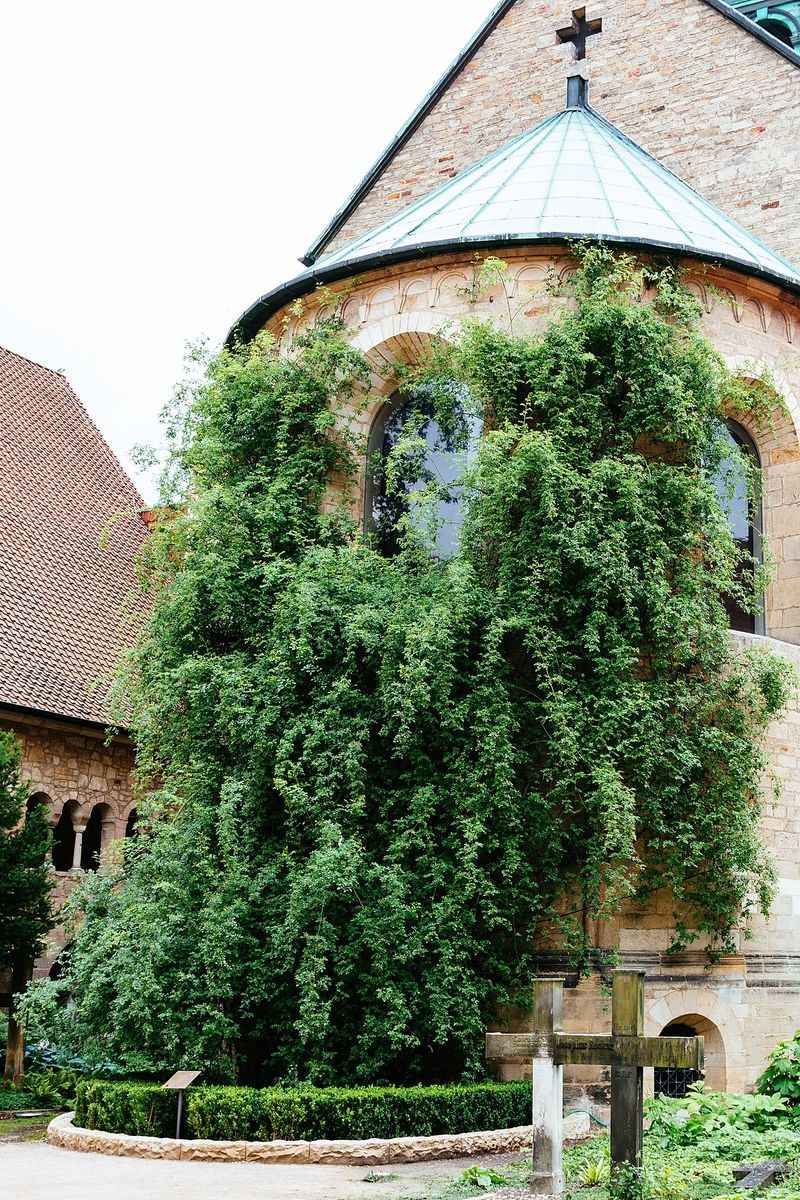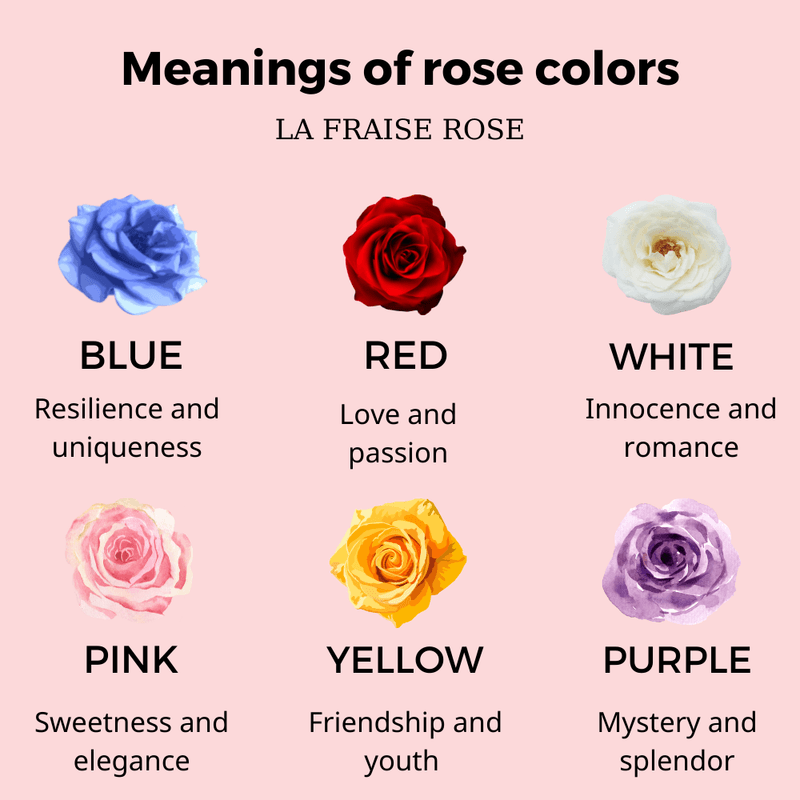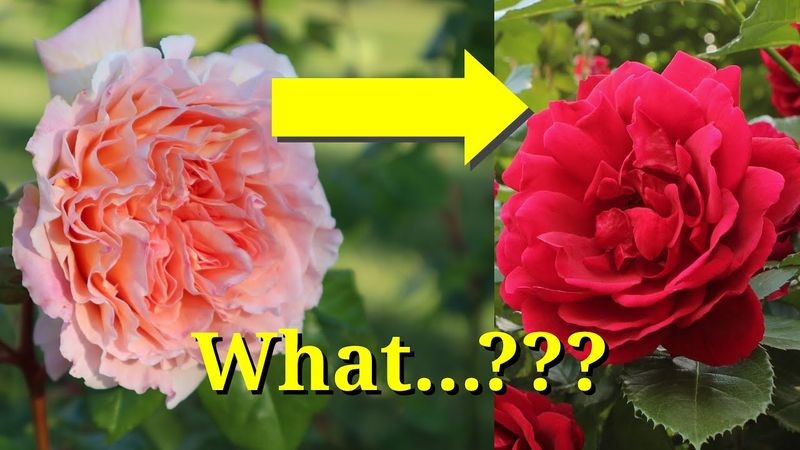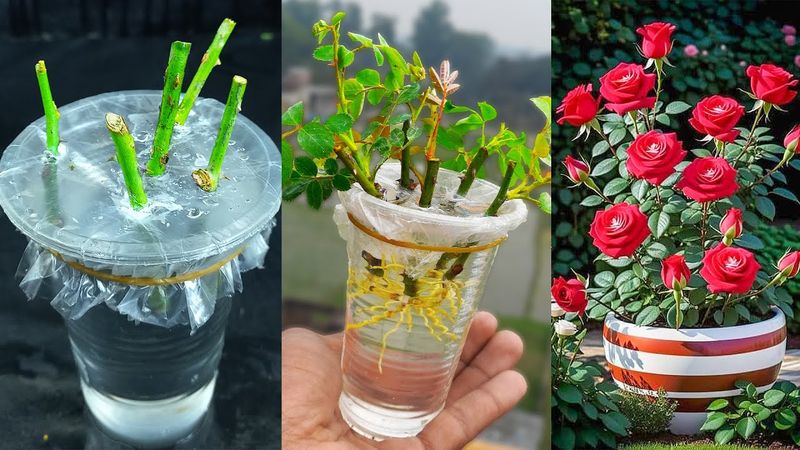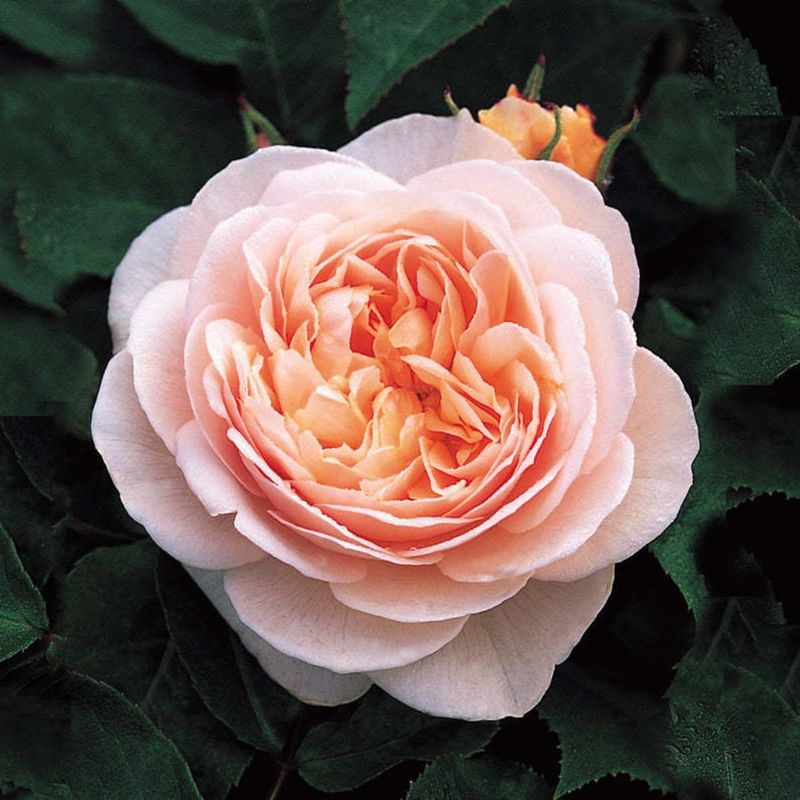Roses are more than just a symbol of beauty and love. They hold fascinating secrets and historical significance that many are unaware of. Explore these 13 surprising facts about roses that will deepen your appreciation for this timeless flower.
1. Oldest Cultivated Flower
The rose holds the title of the oldest cultivated flower, tracing its roots back over 5,000 years. Ancient civilizations cherished roses for their beauty and fragrance.
Early gardeners in China and the Middle East cultivated roses extensively, integrating them into gardens and rituals. Preserved rose petals have been discovered in Egyptian tombs, evidencing their historical significance.
These discoveries highlight the rose’s enduring appeal across cultures and eras. Their cultivation has shaped garden design and inspired countless works of art and literature.
2. Symbol of Love
Roses are universally recognized as a symbol of love and romance, a tradition originating in ancient Greece and Rome. The red rose, in particular, embodies passion and deep affection.
Mythology tells of Aphrodite, the goddess of love, who adorned herself with roses, amplifying their romantic connection.
Today, roses feature prominently in weddings, anniversaries, and Valentine’s Day celebrations, continuing to represent love’s enduring beauty. This longstanding association has cemented the rose’s place in the hearts of lovers worldwide.
3. Thousands of Varieties
There are over 30,000 varieties of roses, each boasting unique colors, shapes, and fragrances. This incredible diversity results from centuries of breeding by dedicated horticulturists.
Roses range from petite, delicate blooms to robust, sprawling climbers. Breeders have developed roses to suit every garden style and climate.
The multitude of varieties ensures that there is a rose perfect for any occasion or setting, constantly delighting gardeners and flower enthusiasts alike with new introductions and hybrid innovations.
4. Edible Petals
Rose petals aren’t just for aesthetics – they are edible and used in culinary creations worldwide. In Middle Eastern cuisine, rose water and petals enhance flavors in sweets and teas.
Chefs incorporate rose petals into salads, desserts, and beverages, adding a floral note and visual appeal. It’s essential to use organically grown, pesticide-free roses to ensure safety.
The delicate flavor of rose enhances dishes with a subtle aroma, making them a favorite among gourmet chefs seeking to add a unique twist to their culinary masterpieces.
5. Roses in Medicine
Historically, roses have held medicinal value, used in various cultures to treat ailments. Rose oil and water were common remedies in ancient medical practices.
Traditional healers utilized roses for their anti-inflammatory and soothing properties, offering relief for skin irritations and sore throats.
Today, rose extracts continue to be popular in natural skincare and aromatherapy, demonstrating their ongoing therapeutic benefits. The medicinal use of roses showcases their versatility beyond ornamental beauty.
6. National Flower
Roses are celebrated as national symbols in several countries, including the United States, England, and Bulgaria. Each country holds its unique rose tradition.
In the U.S., the rose was declared the national floral emblem in 1986, reflecting its significance in American culture.
The adoption of roses as national flowers highlights their cultural importance and widespread appeal, symbolizing the beauty and spirit of these nations. The rose remains a cherished emblem of pride and heritage.
7. Longest-Living Rose
The longest-living rose bush resides at Hildesheim Cathedral in Germany, estimated to be over 1,000 years old. This remarkable plant continues to bloom beautifully despite its age.
Known as the Thousand-Year Rose, its survival through wars and harsh weather is a testament to the resilience and enduring nature of roses.
The bush symbolizes hope and continuity, inspiring visitors and historians with its unwavering presence. Its legacy is a living reminder of nature’s incredible endurance.
8. Rose Colors Have Meanings
Every rose color carries distinct meanings, adding depth to their beauty. Red roses symbolize love, while white roses express purity and remembrance.
Yellow roses convey friendship and joy, while pink roses represent gratitude and admiration. The language of roses allows individuals to communicate emotions subtly.
Understanding these meanings enhances the experience of gifting and receiving roses, turning each bouquet into a thoughtful message. It’s a timeless way to express feelings without words.
9. Some Roses Change Color
Certain rose varieties exhibit the fascinating ability to change color throughout their blooming cycle. This transformation occurs due to environmental factors and genetic traits.
As roses mature, their petals may shift from one hue to another, creating a dynamic display of colors.
Gardeners and enthusiasts find this color-changing phenomenon captivating, offering a unique spectacle in their gardens. These roses add an element of surprise and intrigue to floral displays.
10. Largest Rose Bush
The world’s largest rose bush is the Lady Banksia Rose, located in Tombstone, Arizona. This enormous plant covers an area of over 9,000 square feet.
Planted in 1885, it has grown into a spectacular natural wonder, attracting visitors from around the globe. The bush’s size and beauty are testaments to nature’s ability to flourish in unexpected places.
This extraordinary rose bush offers a unique attraction, showcasing the potential of roses to achieve monumental growth under the right conditions.
11. Used in Perfumes
Roses play a vital role in the perfume industry, cherished for their intoxicating scent. Rose oil, extracted from petals, is a key ingredient in many renowned fragrances.
The process of distilling rose oil is meticulous, requiring vast quantities of petals to produce even a small amount of essence.
The resulting fragrance captures the essence of luxury and elegance, making rose perfumes a favorite among scent connoisseurs. The enduring popularity of rose-infused perfumes speaks to their timeless appeal.
12. Can Grow Without Soil
Roses can thrive without traditional soil through hydroponic and aeroponic systems. These innovative methods allow for rose cultivation in nutrient-rich water solutions.
Such techniques offer sustainable options for growing roses in urban and space-constrained environments. Hydroponics minimizes water usage and allows for precise nutrient control.
This modern approach to gardening showcases the adaptability of roses and opens new possibilities for cultivating them in diverse settings, demonstrating that soil is not a necessity for their growth.
13. The Juliet Rose is the Most Expensive
The Juliet Rose, known as the most expensive rose ever developed, was created by breeder David Austin. This exquisite flower took 15 years to perfect, costing over £3 million.
Its unique apricot hue and layered petals make it a favorite among luxury florists and wedding planners.
The investment in creating the Juliet Rose reflects the lengths breeders go to achieve floral perfection. It stands as a testament to the beauty and exclusivity possible in the world of roses.

